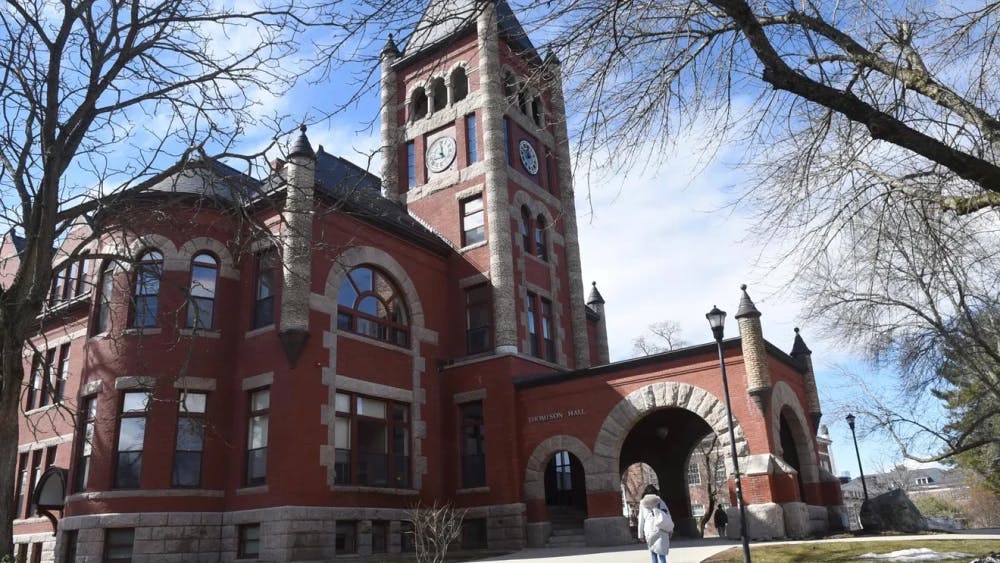Nowruz is a celebration of not only the first day of spring, but also the beginning of a new year for Iranian individuals all over the world. The Nowruz marks the vernal equinox, which usually occurs around March 21, when the sun crosses the celestial equator. This also equalizes the night and day, and is calculated yearly so that those who celebrate the Persian New Year know exactly when to celebrate it.
On Sunday, UNH held its own celebration for Nowruz, sponsored by the Iranian Association of New Hampshire. This year, Iranians celebrated year 1396.
Attendees were presented with several poplar Iranian pastries and snacks, such as baklava. After the introductory snack and change to mingle with other attendees present at their tables, the Aftab Dance Group, an Iranian dance company from Boston, performed. They danced to several popular Iranian dance songs before a live Iranian band came onstage.
The group serenaded everyone in attendance, with sounds of traditional Persian instruments as well as lyrics, which, though written in Farsi, told stories of lost love, celebrating new beginnings and living a full and happy life. 
There is a ceremonial table called the Sofreh-e Haft Seen, where each dish placed on the table starts with the Persian letter Seen. Additionally, on this table there are seven dishes, with the number seven being a sacred number in Iran since ancient times. The number seven also stands for the seven angelic heralds of life: rebirth, health, happiness, prosperity, joy, patience and beauty.
The symbolic dishes consist of apples (seeb) which symbolize beauty and health, dried fruits (Senjed) symbolizing love, coins (sekkeh) symbolizing prosperity, garlic (seer) symbolizing medicine, Berries (Somaq) symbolizing the color of the sunrise, wheat (sabzeh) symbolizing growth and pudding (Samanu) which symbolizes affluence.
In addition to these seven dishes, there are also flowers, eggs, candles, mirrors and a goldfish. These last items represent aroma, rebirth, brightness, reflection and life.
After the live performance, attendees were given a chance to try various Iranian foods, such as Fesenjan, a walnut, pomegranate and plum pudding. Once everyone had a chance to eat, the dancing began.
People were taught several popular Iranian dances that not only consisted of body movements, but were very centered on hand motions, as the hands are used to convey both emotions and words while dancing.
It wasn’t long before everyone in the room was dancing their hearts away to the Persian music echoing throughout the room. The music and dancing brought everyone together, giving individuals a chance to not only learn some new dances, but also try out new foods and experience a new culture.
The dancing lasted two hours, after which attendees posed for a group photo and went on their way.













